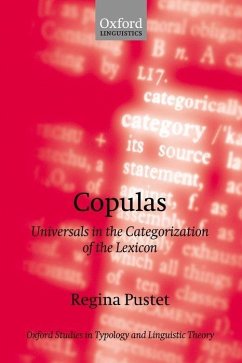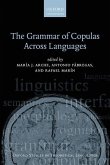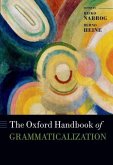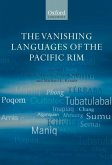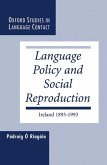Copulas (in English, the verb to be) are conventionally defined functionally as a means of relating elements of clause structure, especially subject and complement, and considered to be semantically empty or meaningless.They have received relatively little attention from linguists. Dr Pustet in this extensive cross-linguistic study goes some way towards correcting this neglect. In doing so she takes issue with both accepted definition and description. She presents an analysis of grammatical descriptions of over 160 languages drawn from the language families of the world. She shows that some languages have a single copula, others several, and some none at all. In a series of statistical analyses she seeks to explain why by linking the distribution of copulas to variations in lexical categorization and syntactic structure. She concludes by advancing a comprehensive theory of copularization which she relates to language classification and to theories of language change, notably grammaticalization.
Hinweis: Dieser Artikel kann nur an eine deutsche Lieferadresse ausgeliefert werden.
Hinweis: Dieser Artikel kann nur an eine deutsche Lieferadresse ausgeliefert werden.
